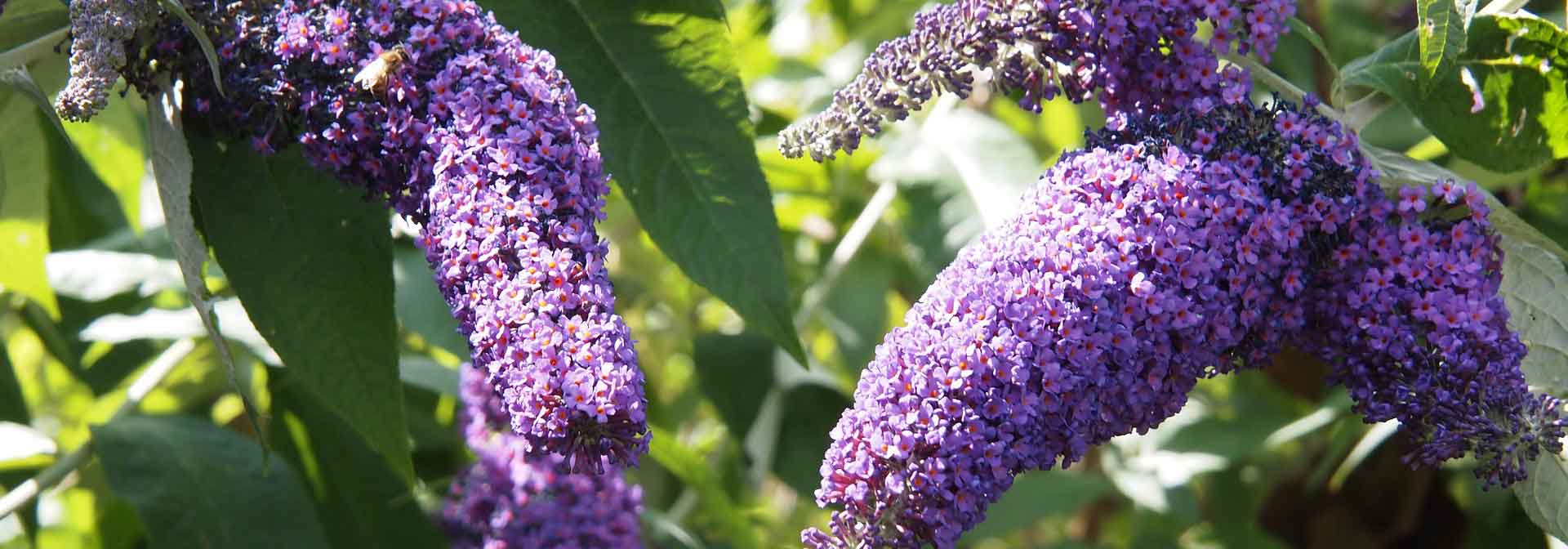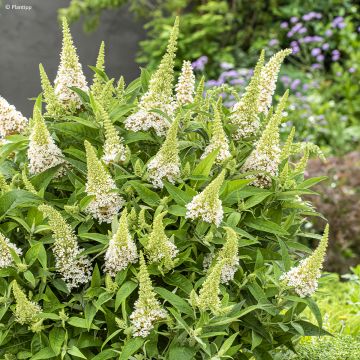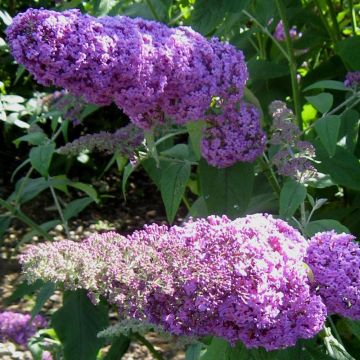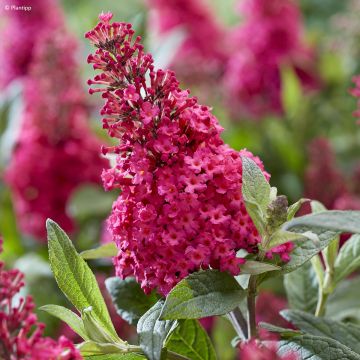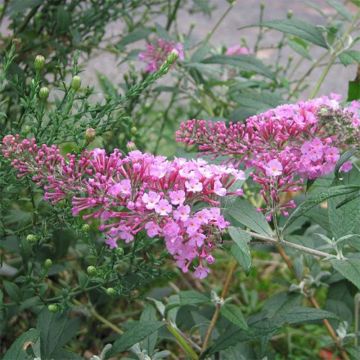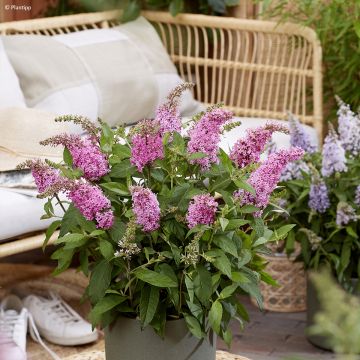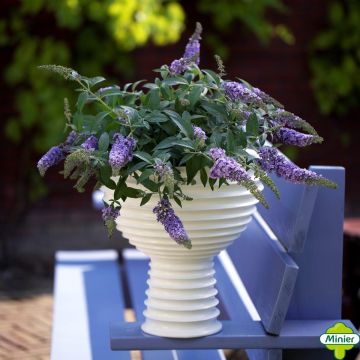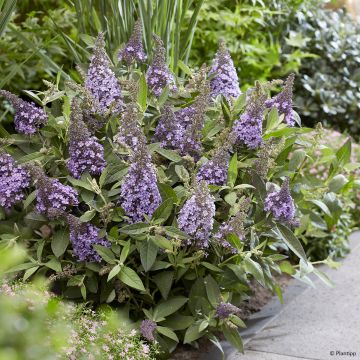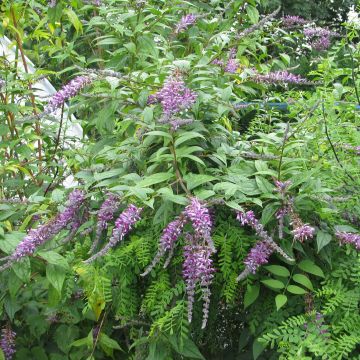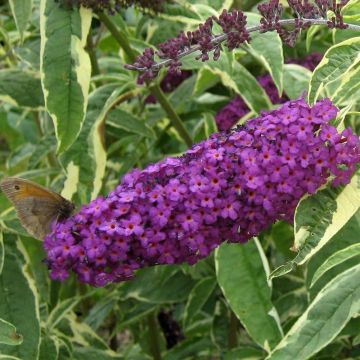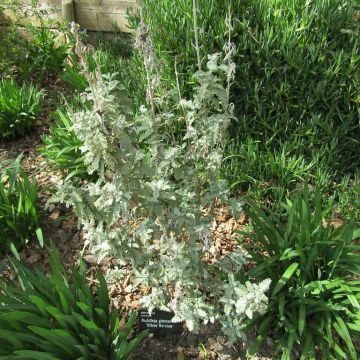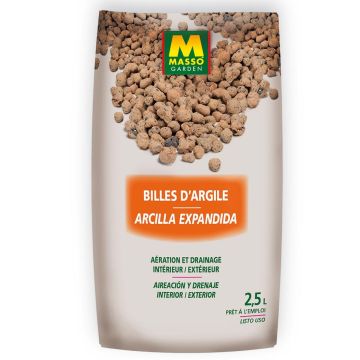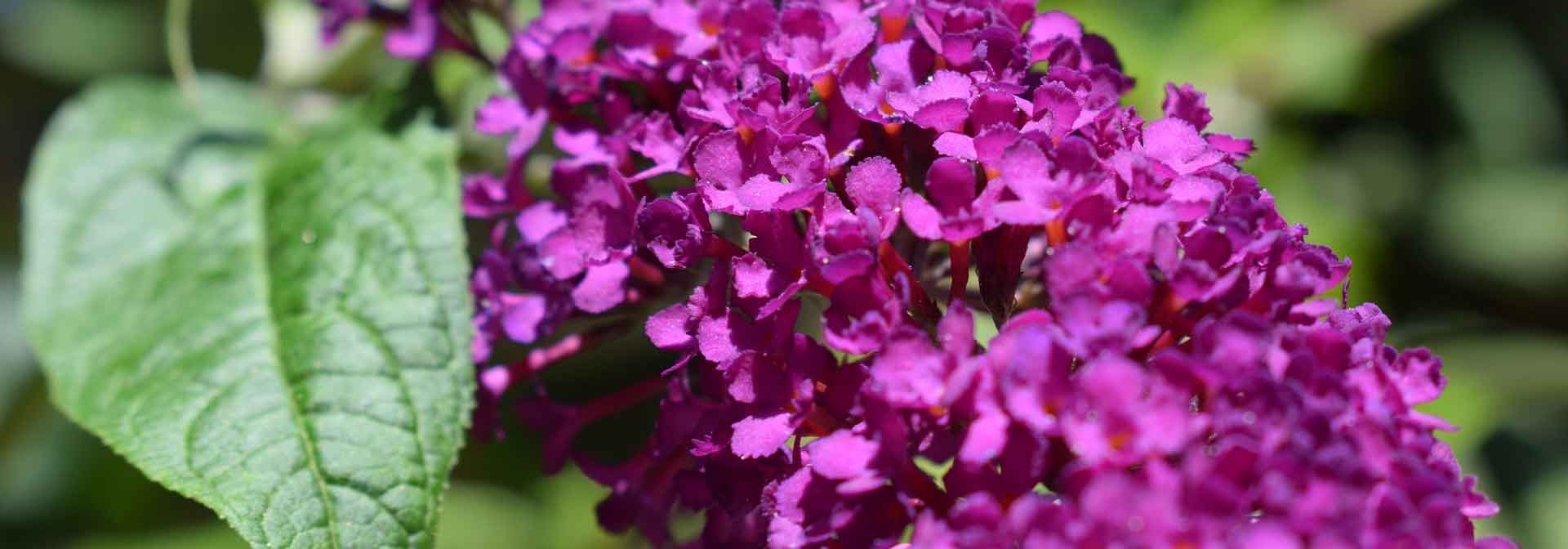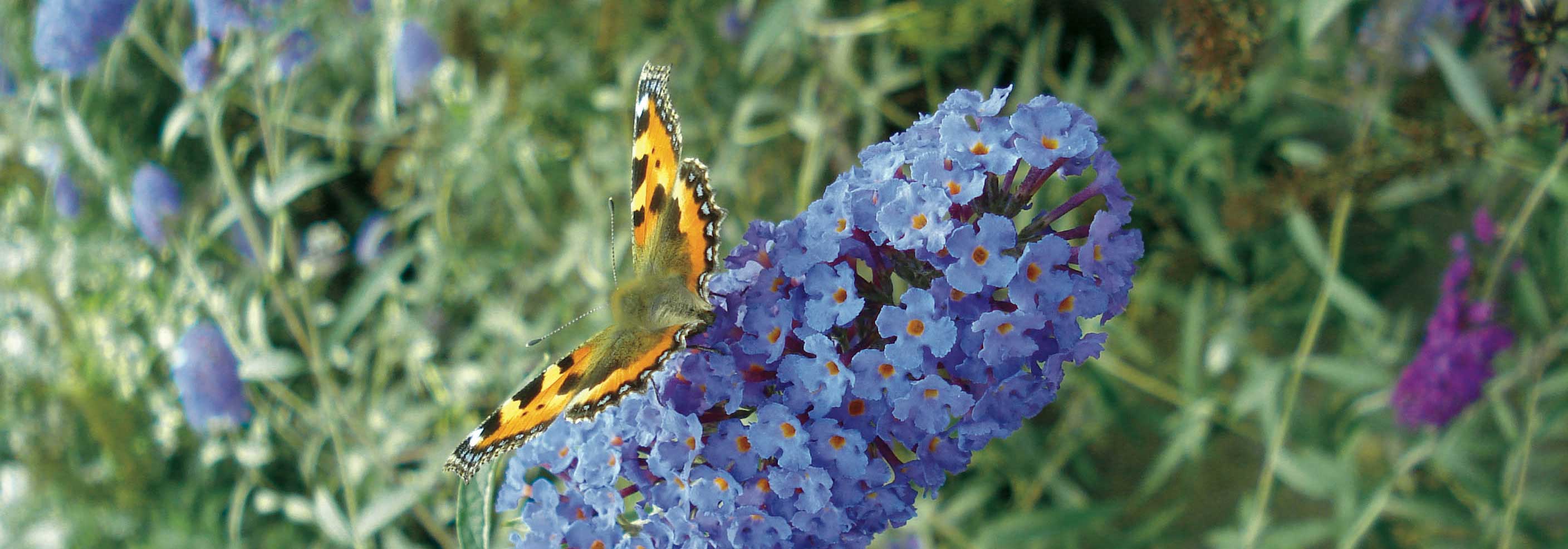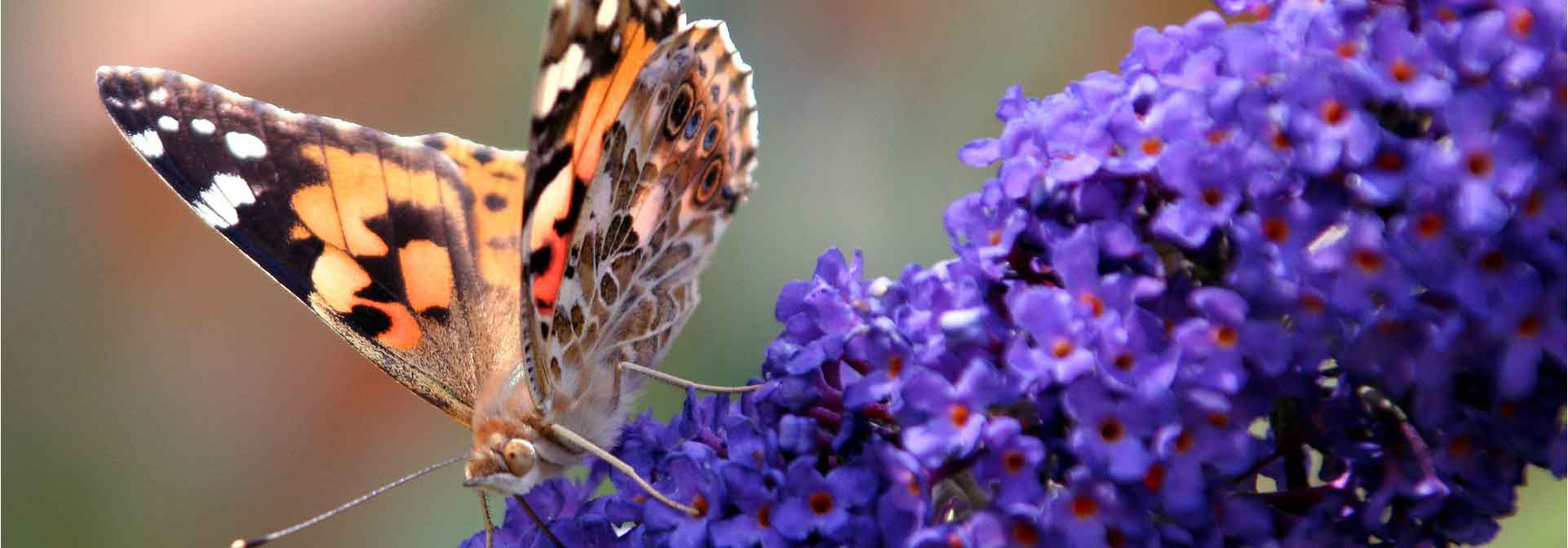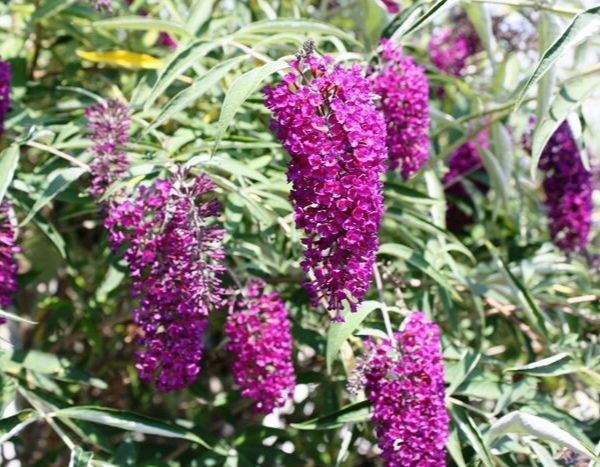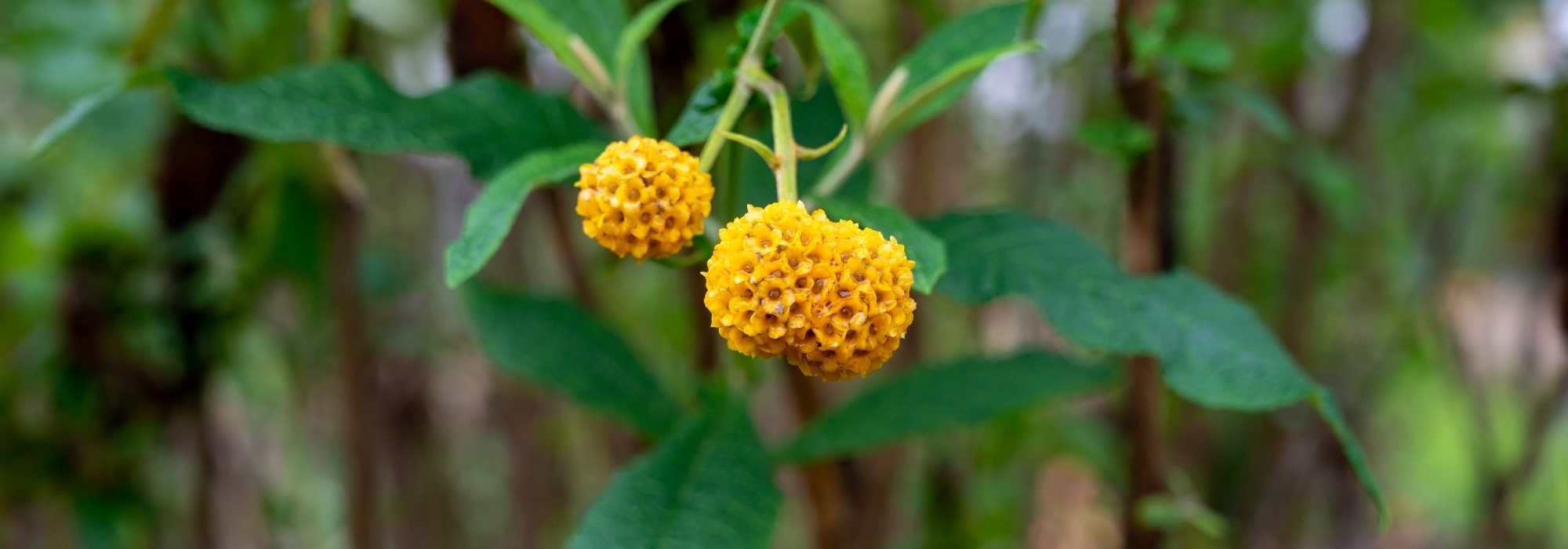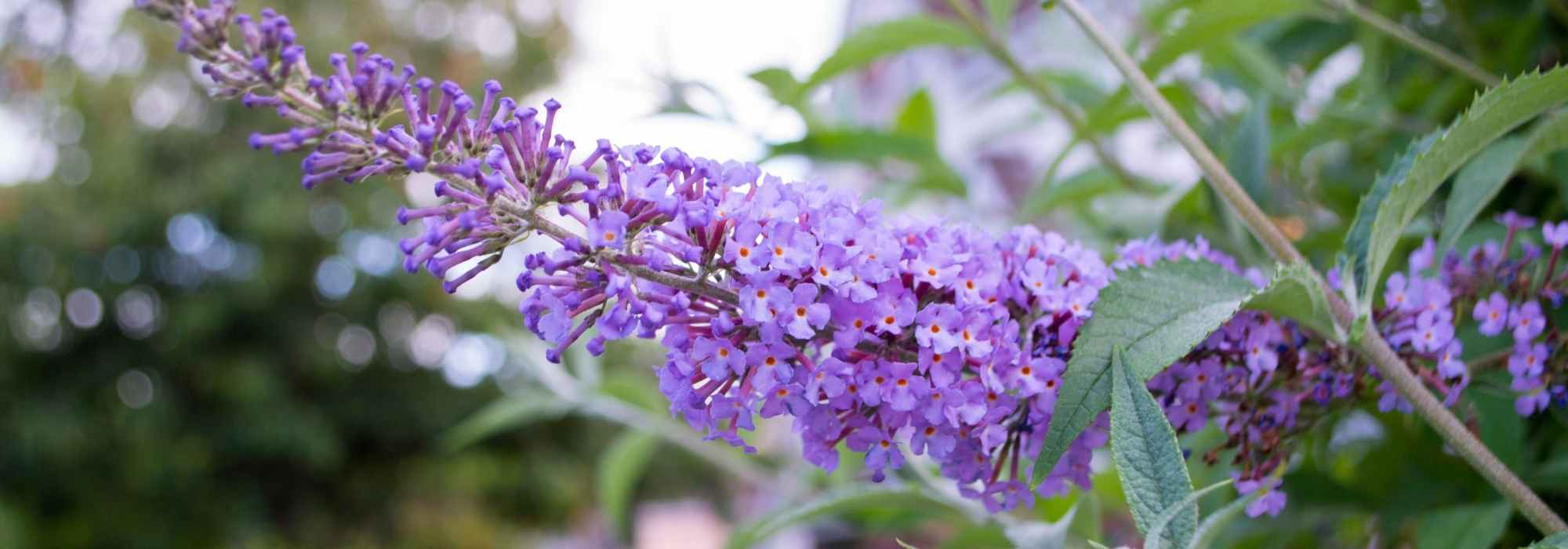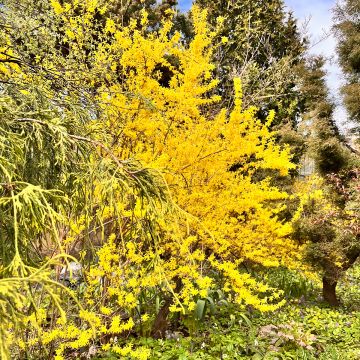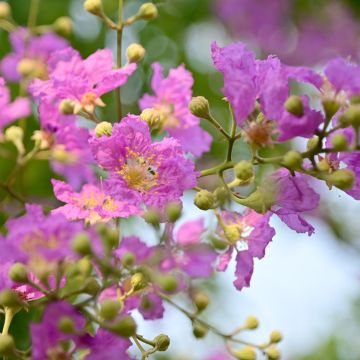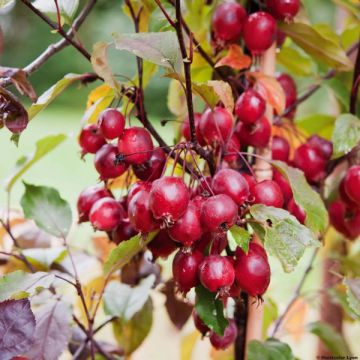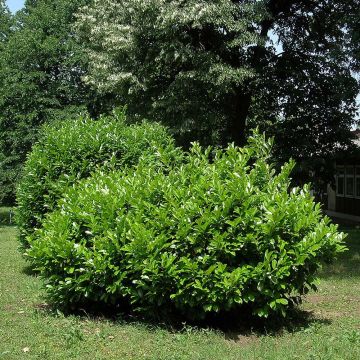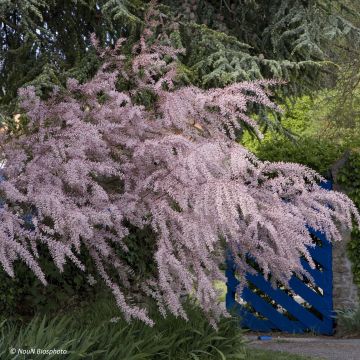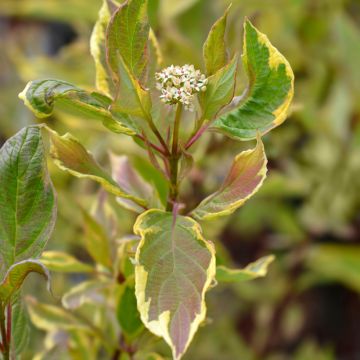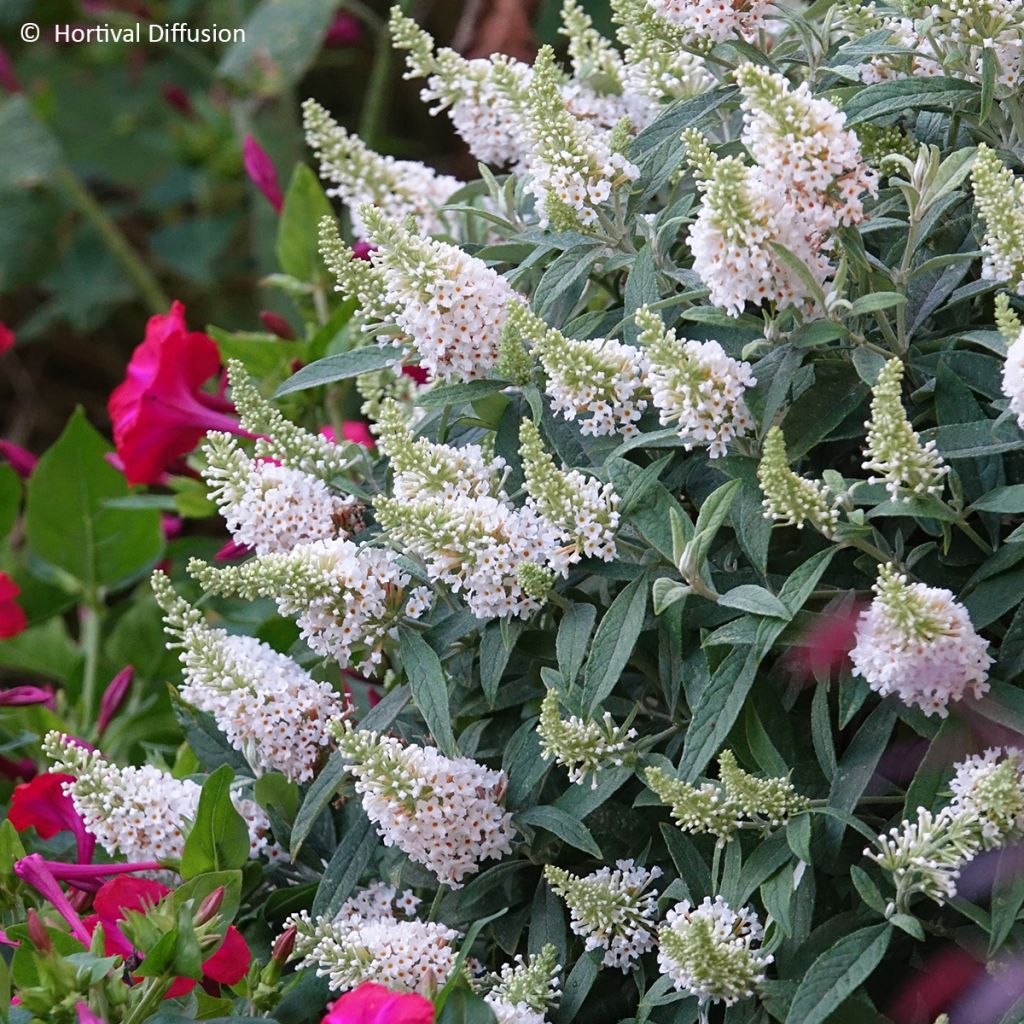

Buddleja davidii Tiny Buddy White - Butterfly bush
Buddleja davidii Tiny Buddy White - Butterfly bush
Buddleja x davidii 'Dapconwhi' Tiny Buddy White
Butterfly Bush, Summer Lilac
Special offer!
Receive a €20 voucher for any order over €90 (excluding delivery costs, credit notes, and plastic-free options)!
1- Add your favorite plants to your cart.
2- Once you have reached €90, confirm your order (you can even choose the delivery date!).
3- As soon as your order is shipped, you will receive an email containing your voucher code, valid for 3 months (90 days).
Your voucher is unique and can only be used once, for any order with a minimum value of €20, excluding delivery costs.
Can be combined with other current offers, non-divisible and non-refundable.
Home or relay delivery (depending on size and destination)
Schedule delivery date,
and select date in basket
This plant carries a 24 months recovery warranty
More information
We guarantee the quality of our plants for a full growing cycle, and will replace at our expense any plant that fails to recover under normal climatic and planting conditions.
Would this plant suit my garden?
Set up your Plantfit profile →
Description
Buddleia Tiny Buddy White is compact, generous and irresistible to butterflies. It is an adorable dwarf butterfly bush with a charming, rounded silhouette and beautiful, slightly fragrant white summer flowering, brightening up both gardens and pots. Its modest size is particularly suited to small spaces and perennial beds. When planted in the ground, it withstands summer drought well.
Buddleja davidii 'Dapconwhi' Tiny Buddy White is a horticultural hybrid derived, among others, from the species Buddleia davidii, belonging to the Scrophulariaceae family. This sterile cultivar was developed by Star Roses & Plants, a company specialising in the development of new plant varieties. It was selected for its particularly compact habit and abundant flowering in clusters of fragrant white flowers during the summer. It differs from the typical species by its significantly reduced dimensions. Reaching approximately 75 cm in height and width, this bush is ideal for decorating small spaces and container cultivation. Its deciduous, lanceolate leaves measure between 7 and 13 cm in length and have a bluish-green hue. They fall in late autumn and reappear in spring. The quadrangular stems are covered with dense felt when young. The flowering period, which extends from July to early autumn, produces terminal panicles measuring up to 15 cm in length. Each panicle features a multitude of fragrant white flowers, which particularly attract butterflies and other pollinators. This cultivar does not produce seeds.
Buddleia davidii ‘Tiny Buddy White’ is a versatile, easy-to-grow and undemanding bush. Whether planted in a pot, as a standalone feature, or in groups within a bed of low bushes or perennials, it will enhance the garden or terrace for many weeks. It adapts well to coastal areas. In a white-themed display, you could pair it with lavender ‘Arctic Snow’, Salvia nemorosa 'Schneehügel', and Gaura lindheimeri ‘Whirling Butterflies’. These compact perennials harmonise perfectly in low beds or containers for an airy and luminous effect. The fragrant flowers of the buddleia are also lovely in bouquets.
Plant habit
Flowering
Foliage
Botanical data
Buddleja
x davidii
'Dapconwhi' Tiny Buddy White
Scrophulariaceae
Butterfly Bush, Summer Lilac
Buddleja davidii 'Dapconwhi'
Cultivar or hybrid
Other Buddleja -Butterfly bush
View all →Planting and care
Buddleja davidii 'Tiny Buddy White' is an easy-to-grow, low-maintenance plant. It thrives in sunny spots but will also flower in partial shade. Plant it in spring or early autumn, in ordinary soil, even chalky and poor, as long as it is well-worked and well-drained. Once established, the plant will tolerate moderate drought periods. Buddleja has no significant pests. However, watch out for caterpillars, vine weevils, bugs, and red spider mites, which may infest it.
Planting period
Intended location
Care
Planting & care advice
This item has not been reviewed yet - be the first to leave a review about it.
Similar products
Haven't found what you were looking for?
Hardiness is the lowest winter temperature a plant can endure without suffering serious damage or even dying. However, hardiness is affected by location (a sheltered area, such as a patio), protection (winter cover) and soil type (hardiness is improved by well-drained soil).

Photo Sharing Terms & Conditions
In order to encourage gardeners to interact and share their experiences, Promesse de fleurs offers various media enabling content to be uploaded onto its Site - in particular via the ‘Photo sharing’ module.
The User agrees to refrain from:
- Posting any content that is illegal, prejudicial, insulting, racist, inciteful to hatred, revisionist, contrary to public decency, that infringes on privacy or on the privacy rights of third parties, in particular the publicity rights of persons and goods, intellectual property rights, or the right to privacy.
- Submitting content on behalf of a third party;
- Impersonate the identity of a third party and/or publish any personal information about a third party;
In general, the User undertakes to refrain from any unethical behaviour.
All Content (in particular text, comments, files, images, photos, videos, creative works, etc.), which may be subject to property or intellectual property rights, image or other private rights, shall remain the property of the User, subject to the limited rights granted by the terms of the licence granted by Promesse de fleurs as stated below. Users are at liberty to publish or not to publish such Content on the Site, notably via the ‘Photo Sharing’ facility, and accept that this Content shall be made public and freely accessible, notably on the Internet.
Users further acknowledge, undertake to have ,and guarantee that they hold all necessary rights and permissions to publish such material on the Site, in particular with regard to the legislation in force pertaining to any privacy, property, intellectual property, image, or contractual rights, or rights of any other nature. By publishing such Content on the Site, Users acknowledge accepting full liability as publishers of the Content within the meaning of the law, and grant Promesse de fleurs, free of charge, an inclusive, worldwide licence for the said Content for the entire duration of its publication, including all reproduction, representation, up/downloading, displaying, performing, transmission, and storage rights.
Users also grant permission for their name to be linked to the Content and accept that this link may not always be made available.
By engaging in posting material, Users consent to their Content becoming automatically accessible on the Internet, in particular on other sites and/or blogs and/or web pages of the Promesse de fleurs site, including in particular social pages and the Promesse de fleurs catalogue.
Users may secure the removal of entrusted content free of charge by issuing a simple request via our contact form.
The flowering period indicated on our website applies to countries and regions located in USDA zone 8 (France, the United Kingdom, Ireland, the Netherlands, etc.)
It will vary according to where you live:
- In zones 9 to 10 (Italy, Spain, Greece, etc.), flowering will occur about 2 to 4 weeks earlier.
- In zones 6 to 7 (Germany, Poland, Slovenia, and lower mountainous regions), flowering will be delayed by 2 to 3 weeks.
- In zone 5 (Central Europe, Scandinavia), blooming will be delayed by 3 to 5 weeks.
In temperate climates, pruning of spring-flowering shrubs (forsythia, spireas, etc.) should be done just after flowering.
Pruning of summer-flowering shrubs (Indian Lilac, Perovskia, etc.) can be done in winter or spring.
In cold regions as well as with frost-sensitive plants, avoid pruning too early when severe frosts may still occur.
The planting period indicated on our website applies to countries and regions located in USDA zone 8 (France, United Kingdom, Ireland, Netherlands).
It will vary according to where you live:
- In Mediterranean zones (Marseille, Madrid, Milan, etc.), autumn and winter are the best planting periods.
- In continental zones (Strasbourg, Munich, Vienna, etc.), delay planting by 2 to 3 weeks in spring and bring it forward by 2 to 4 weeks in autumn.
- In mountainous regions (the Alps, Pyrenees, Carpathians, etc.), it is best to plant in late spring (May-June) or late summer (August-September).
The harvesting period indicated on our website applies to countries and regions in USDA zone 8 (France, England, Ireland, the Netherlands).
In colder areas (Scandinavia, Poland, Austria...) fruit and vegetable harvests are likely to be delayed by 3-4 weeks.
In warmer areas (Italy, Spain, Greece, etc.), harvesting will probably take place earlier, depending on weather conditions.
The sowing periods indicated on our website apply to countries and regions within USDA Zone 8 (France, UK, Ireland, Netherlands).
In colder areas (Scandinavia, Poland, Austria...), delay any outdoor sowing by 3-4 weeks, or sow under glass.
In warmer climes (Italy, Spain, Greece, etc.), bring outdoor sowing forward by a few weeks.






























